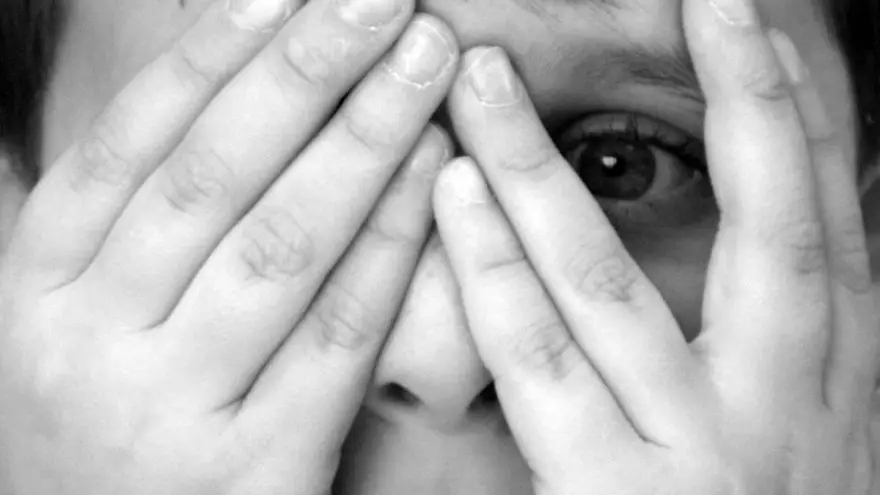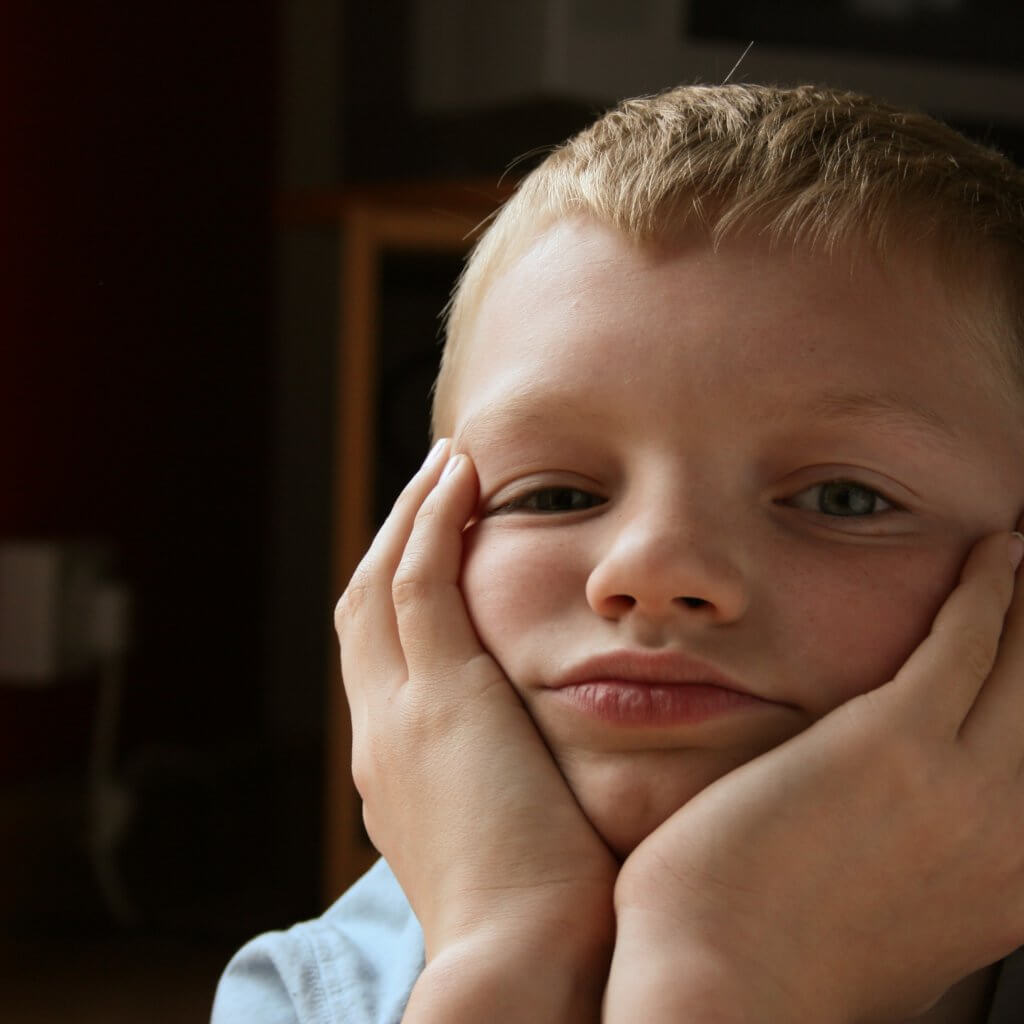T.V Violence: The Effects on Children

Television programming has changed quite a bit since its initial inception. When we think about the evolution of the kinds of content that’s been broadcasted since the beginning of television—and what’s broadcasted now—it’s certainly clear that there’s been a pretty radical shift as far as what content is deemed appropriate or inappropriate.
The options of what we can watch (the number of channels) has grown exponentially, which would naturally result in a wider array of available content. A wider array of content means a wider array of what we’re exposed to, and that exposure and availability is something that affects children just as much as it does adults. This means that gruesome guts, blood, and gore, is just as accessible to viewers as Saturday morning cartoons or programming that’s geared towards toddlers.
Effects of Violent Television on Children

As parents, it’s perfectly understandable that we wouldn’t our children to be exposed to violent television programming (or the large variety of adult themed programming in general).
We often hear about how violent television affects children’s behavior, overall health, and beliefs. A wide variety of studies have shown that exposure to violence at a young age via television makes children act more aggressively (both as children and adults), that it can cause a lack of general empathy, that issues with poor sleep arise, and that violence in television simply creates the belief in children that violence and violent behavior is both absolutely normal and completely acceptable.
Children’s Perception of Violence
The belief part can actually be a little scary. For one thing, no one wants their children to feel that violence is the norm. While we do indeed live in a world that is in fact rife with violence (think war, terrorist attacks, school shootings, general mass shootings, domestic abuse, gang violence, riots, rape, bullying (yes, bullying if a form a violence) and even certain sports such as boxing or MMA), the world isn’t necessarily an inherently violent place.
Violence is certainly widespread, and while instances and acts of violence occur daily and appear in a variety of forms, it’s not as if every individual (whether children or adults) commit such heinous acts or find violence acceptable or enjoyable.
When we think about violence as it occurs and is depicted in the world of television, we might worry that violent television can cause children to believe that violence is a normal and acceptable form of behavior. Our worries are certainly valid, but we shouldn’t be so quick to think that even if children feel violence is normal because they see it on television, that they automatically feel it’s ok to commit acts of violence.
Do Children like Violent Television?

It’s important to acknowledge that many of us and our children have become desensitized to violence through exposure to violent television programming. This could be everything from innocuous slapstick violence, to fistfights or shootouts, to the more brutal violence that appears in horror films.
But, just because children may have become desensitized to violence because of exposure to violent television content, it doesn’t mean that children necessarily enjoy engaging in, or watching violence. That’s something we need to keep in mind when we think about the relation between violent television, children’s behavior, and what exactly children find to be entertaining.
The fact that violence is depicted for the purposes of entertainment doesn’t mean that your children think that violence always or necessarily equates to good entertainment. In fact, there have been a number of studies which suggest that children don’t prefer violent content to nonviolent content—meaning children don’t find a higher entertainment value in violent content.
Psychological Study
A study conducted by Andrew Weaver, a communications professor at Indiana University, examined the attitudes of children in regards to violent television content and subsequent
entertainment value.
Weaver and his team produced a short slapstick cartoon. The cartoon’s main plot centers around a character named Orangehead who faces off against the evil villain Eggle. Orangehead creates a painting for an art contest, and Eggle attempts to steal the painting. Eggle ultimately is unable to carry out his diabolical plan, and Orangehead wins first prize at the art competition for his painting.
To gauge how children respond to violent content, a randomized group of 128 elementary school students between kindergarten and fourth grade were shown a particular version of the cartoon. The cartoon was edited into four different versions, although the central plot remained the same. Each version had varying degrees of action and violence. In this case, the violence was simply fighting such as punching and kicking. The levels of action pertained to the pace and intensity of the actions of the characters—such as whether or not the characters were walking or running.
The four separate versions consisted of low action and no violence, low action and violence, high action and no violence, and high action with violence.
Of the 128 children, different groups were asked to view one of the four versions of the cartoon. The children were then asked a series of questions which would allow the researchers to measure which version the children found the most entertaining and enjoyable. As far as actions levels are concerned, the researchers found differing degrees of enjoyment amongst the children. When looking at the relationship between levels of violence and entertainment value, though, no child felt the nonviolent cartoon to be any less enjoyable than the cartoon which featured violence.

Simply put, children do not appear to enjoy violent television content over nonviolent television content.
While we certainly want to be mindful of the kind of television our kids watch, we should at least understand that children don’t automatically associated violence with entertainment just because they might become exposed to violence through television. Since television is meant to entertain, it’s perfectly reasonable that we would fear and simply assume that our children will be entertained by anything they come across. Despite this fear, we should at least take comfort in the fact that children don’t necessarily find entertainment value in violence.







